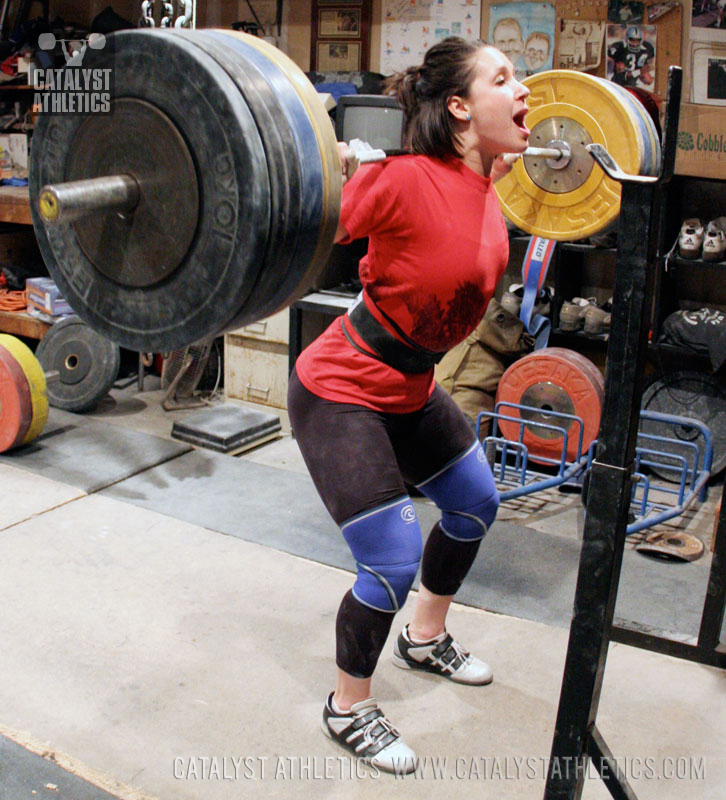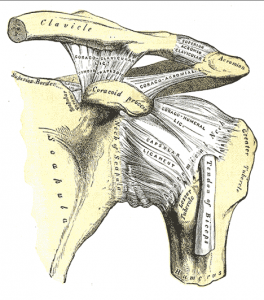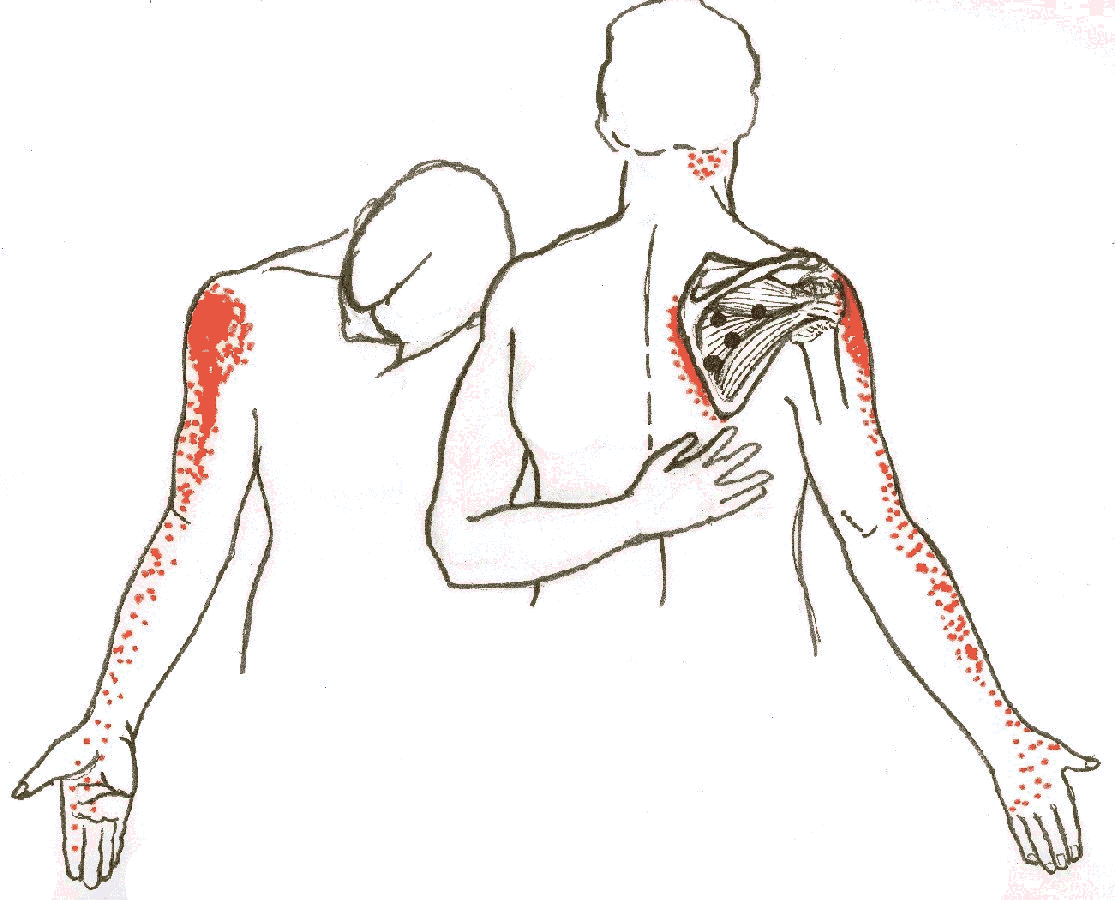So what’s this blog all about? It’s about whatever I want it to be about…but I’ll primarily focus the posts on information
and insights about all things fitness, coaching, nutrition, and that famous
functional fitness/high intensity interval training (HIIT) sport that I can’t always reference by name due to legal ramifications (but you know what I mean and I’ll
often refer to it here as “
Functional HIIT”).
But isn’t there already enough (too much) information out
there? Yes and no. Yes, there are tons of resources available on the internet of which I myself have only scratched the surface. But what’s not out there is one unified,
unbiased, fact-based website dedicated to the community of fitness that
includes local competition news and is resource-rich in content.
We’ll see how this blog evolves as content is added and readers express their opinions. What
will help me in this journey is your candid feedback. Please feel free to comment on posts, share
them with others, and as always, everyone is entitled to their opinion and I
welcome any and all thoughts – even if they go against what I’ve posted.
Oh, and what, or who, you may ask, is Aggressively
Modified? It’s you. It’s me.
It’s everyone who doesn’t do everything perfectly. Remove the top 5-10% of Functional HIIT
athletes and it’s everyone else that’s left.
It’s a concept that embraces the differences between athletes, between
workouts, between the natural ebbs and flows of training. It’s a phrase that revolts against the elitism
that has infiltrated our boxes, the elitism that casts a dark shadow on a
once-pure sport . It’s great that certain weights,
certain reps, certain range-of-motions are set as a bar for athletes try to
achieve. But at what cost?
Aggressively Modified is a concept which I hope will counter
the elitist attitude stinking up our gyms.
Oh you went heavy as prescribed by the workout gods? Good for you.
Too bad you didn’t see how shitty your form was and talk to me tomorrow
when you can’t walk and can’t workout for X number of days due to injury. Aggressively Modified aims to support strong
foundations with fitness, encouraging people to do what’s best for them. Yes I want you to still push yourself. Like really push yourself. But not past the limits of what’s just plain
stupid. Go heavy. Go hard.
But don’t go full-retard.
Instead, do what I do: aggressively modify the shit out of
your workouts. Tailor the suggested
workouts to your own individual needs.
Have a shoulder injury? Don’t
keep jerking or doing excessive pull-ups.
Modify. Or switch the reps to squats
or box jumps or lunges or sprints. Yes
the workouts were designed with specific “push-and-pull” corporeal needs – but
they weren’t designed with your specific situation in mind. So don’t succumb to the pressures of the gym
ego and shirtless RX freaks that have genetic abilities or training regimens
different than yours. Be smart. Take ownership of your own training. Feel free to modify and take pride in knowing
you’re doing what’s best for yourself.
Now go forth and modify…aggressively!







